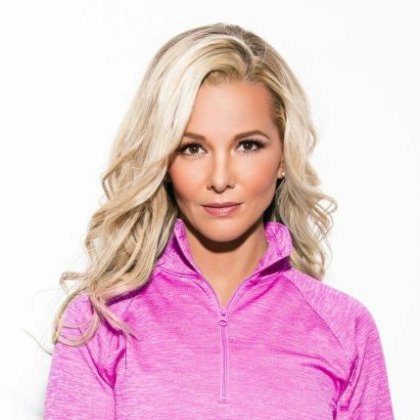https://www.doctoroz.com/article/it-harmful-work-out-cold-weather-here-s-what-you-should-know
When temperatures plummet so may your motivation to workout. While working out in the cold might not be your first choice, those chilly temperatures come with a host of benefits, such as improving your ability to burn fat and boosting your mood. Fortunately, working out in the cold isn’t harmful as long as you take a few safety precautions before heading outdoors. From layering to protecting your skin, these cold-weather exercise tips will help you make the best of your winter workouts.
RELATED: Subscribe to the Dr. Oz newsletter for wellness tips, recipes, and exclusive sneak peeks from The Dr. Oz Show.
Check With the Weather Man
There are two main factors that come into play when deciding if it’s safe to workout outdoors — wind-chill and the length of time you plan on being outside. Exposed skin is at risk for frostbite when the wind-chill level goes below 18 degrees Fahrenheit, even if you’re only outside for a short period of time. As the wind-chill lowers, your frostbite risk gets higher. Skip your outdoor workout if the temperature dips below 0 degrees Fahrenheit or if the wind-chill is extreme. No matter how prepared or layered you think you are, these conditions aren’t safe.
Extend the Time of Your Warm-up
Warming up before exercising in the cold will look a bit different than your warm-up for other workouts. The goal of a warm-up is to increase the internal temperature of your muscles before a strenuous workout. This is especially important for exercising in the winter as the low temperatures can cause your muscles to become stiffer than normal, making you more susceptible to injuries.
The rule of thumb is to double your normal warm-up time. Make sure your body temperature has risen slightly and that you have broken out in a very light sweat. Remember to change clothes after warming up. You don’t want to head out into the cold with semi-wet clothes.
Layer Clothing Properly
It might be tempting to just pack on layers when it’s chilly outside, but there is a certain way in which it should be done. First, the layer closest to your skin should be a sweat-wicking material such as polyester or polypropylene to ensure moisture is removed from your skin. This will prevent your body from dangerously dropping temperatures. Never choose cotton; it keeps moisture next to your skin, which can cause hypothermia.
The second layer is considered the insulating layer, which holds in heat and keeps you warm. Wool and polyester fleece are two good choices as long as they are breathable. The third layer should act as a wind and rain repellent to protect against wetness and extra cold wind. This is the layer that should be removed as long as conditions are safe — not snowing or raining — as it can trap sweat and prevent proper evaporation.
Cover Your Head
The fastest way to lose body heat is by having an uncovered head in the cold. The American Counsel of Exercises states that heat loss from the head stands at 50 percent at the freezing mark. Choose a hat that’s breathable and made of polyester material to help wick sweat and moisture while preventing heat loss and overheating. The wrong hat can cause you to sweat and overheat so stay away from cotton for those reasons.
You may be tempted to take your hat off as you get warmer, but that can be dangerous. Most of your blood flow is concentrated in your core and escapes through your arms and legs. If your head isn’t covered in cold weather it’s at a higher risk for frostbite.
Wear Sunscreen
UVA and UVB rays can damage your skin all year round so it’s important to wear sunscreen even on dreary winter days. Daily use of a broad-spectrum SPF 15 can reduce your risk of developing squamous cell carcinoma by about 40% and your melanoma risk by 50%. Apply it to exposed skin like your face and your neck 30 minutes before going outside. If there’s snow on the ground, your chances for skin cancer increase because snow reflects up to 80% of UV light.
Just because it’s cold outside doesn’t mean you get to skip a season of workouts. Exercising outside can be a great way to get some sunlight during those short winter days. Just make sure you’re warmed up, bundled properly, and following proper safety precautions before you head out the door.

